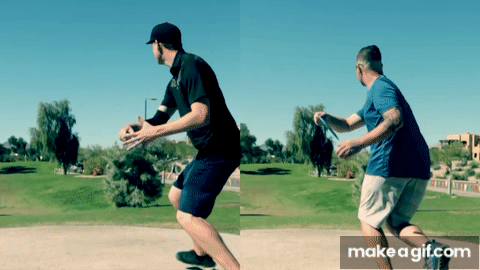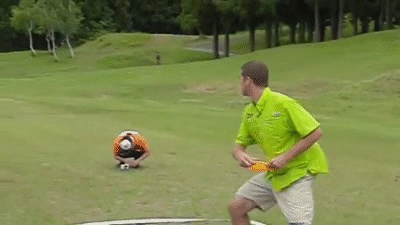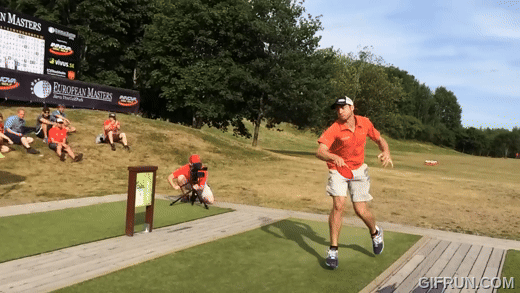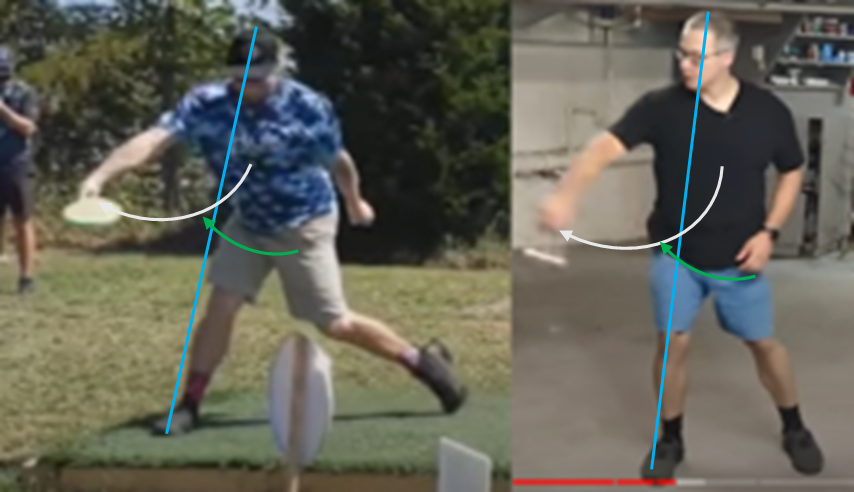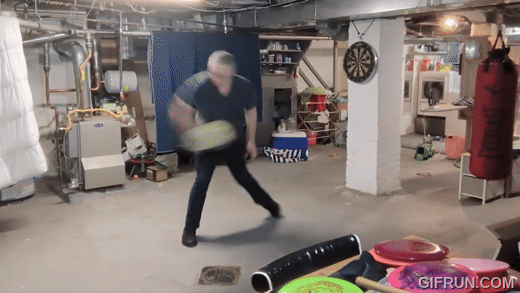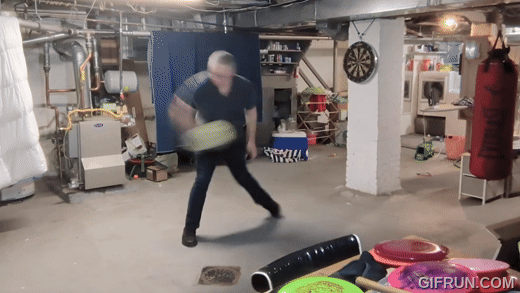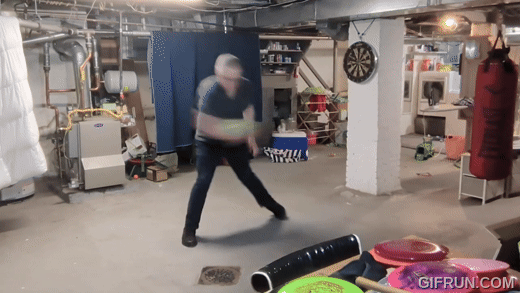Brychanus
* Ace Member *
Moving this here @timothy42b if you don't mind since it seemed thematically related.
Axes are increasingly weird to me to think about depending on the frame of reference being used. Don't really have a conclusion at the moment, just a link to the vids he shared with me if you hadn't stared at them yet:
 www.dgcoursereview.com
www.dgcoursereview.com
Here was a link to his image:
Here was your thought about the axis:
Axes are increasingly weird to me to think about depending on the frame of reference being used. Don't really have a conclusion at the moment, just a link to the vids he shared with me if you hadn't stared at them yet:
First form check!
I think once you start getting closer to "flat" release with your gg move you'll find your speed will go up a little and the pendulum pump is going to help maintain tempo but the swing will feel dampened a little, which is probably much safer than just digging in and elbow locking.
 www.dgcoursereview.com
www.dgcoursereview.com
Here was a link to his image:
Relationship between axis of rotation (yellow line), center of mass (pink circle), and disc trajectory (teal arrow) near moment of release from @sidewinder22.
View attachment 338508
Here was your thought about the axis:
Umm. Not saying you're wrong. But I had a somewhat different interpretation. So......
Consider the shoulder plane. It wobbles a bit during the throw, as Tread Athletics graphics show, but near release it must be fairly stable.
I would think the axis of rotation at that instant is a line perpendicular to the shoulder plane, and possibly (probably?) passing through the center of mass.
